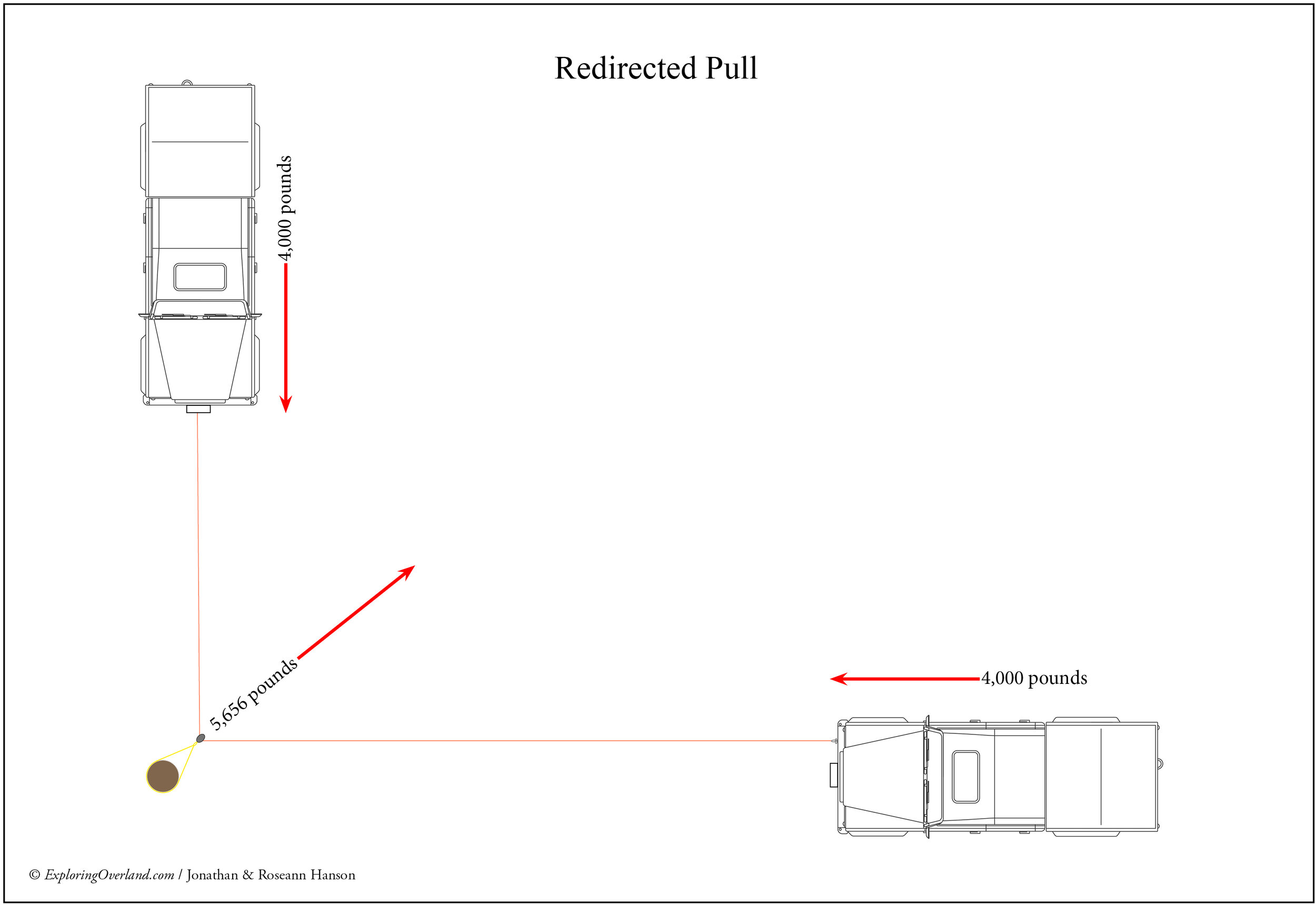If you want to be a better driver— and who doesn’t no matter what level we might consider ourselves to be at the moment?—and you don’t have this book, you need it. Trust me on this.
Full disclosure: I receive a bit of commission on every copy sold in the U.S., and I contributed the sections on winching and Hi-Lift/ARB jacks. But that’s not why I want you to buy it.
The reason you need it is because there is no other instructional book on four-wheel-drive technique that does what Tom Sheppard does in this one.
Four-by-four Driving doesn’t simply tell you how to drive in different situations. As the blurb on the back cover states, “I.T.D.S.—It’s the Driveline, Stupid.”
Knowing how to drive is great. Knowing why the vehicle does what it does, knowing how different drivetrains operate and how each reacts to differing terrain, knowing the strengths and weaknesses of each type of four-wheel-drive system, and learning how to exploit those strengths and accommodate those weaknesses, will turn you from a competent driver into a master of the machine and the terrain. I still learn or am reminded of those lessons every time I open my copy.
You can, if you like, just read the section in Four-by-four Driving that covers your own vehicle, but you’ll gain much more if you read through the descriptions of drivetrains and operating systems of vehicles around the world. Not only can you master your Tacoma, you’ll be able to hop in a friend’s Discovery or Wrangler or G-Wagen and master it too. In fact if you dedicate yourself to the first part of this book you could probably be air-dropped anywhere on the planet and stand a good chance of knowing how the dominant local transport works. Suzuki Jimny? Sure. Skoda Karoq Scout? Yep. On the off chance you find yourself in a Rolls Royce Cullinan, you’ll be right at home. And this edition includes, among other updates, full technical details of the new Land Rover Defender. (If you already own the fifth edition, note that the Defender coverage comprises the majority of changes to the sixth.)
Only after explaining drivetrains, traction-control systems, suspensions, and operating systems does the book start in on driving techniques, beginning with what I consider to be the basic skill that must underpin all others: mechanical sympathy.
Then, yes: You’ll learn how to drive on sand, mud, ice, and rocks. You’ll learn how to handle ruts, side slopes, water crossings, hill ascents and descents. Following this comes a chapter on recovery, both solo and assisted (and that brilliant section on winching . . . ).
Finished? Not even close. Now comes a section on advanced driving. If you ever find yourself plopped in the driver’s seat of a 60-year-old Bedford truck with a non-synchro gearbox, you’ll learn how to handle it. Or, want to show off by shifting the transfer case in an FJ40 or Series Land Rover from low to high range, while moving? That’s in there too.
Following all this are sections on expedition basics, tires and tire pressures, loading and lashing, oil types and grades, fuel, water . . .
But it’s in Four-by-four Driving’s former-RAF-test-pilot level of detail explaining how four-wheel-drive vehicles do what they do that the real gold of the book lies. Which explains why, unlike those 30 different watches you can buy that all claim to be “Used by Special Forces,” Four-by-four Driving actually is used as a training manual by special forces in both the U.K. and the U.S. It’s worth every penny.
Available right here.





















